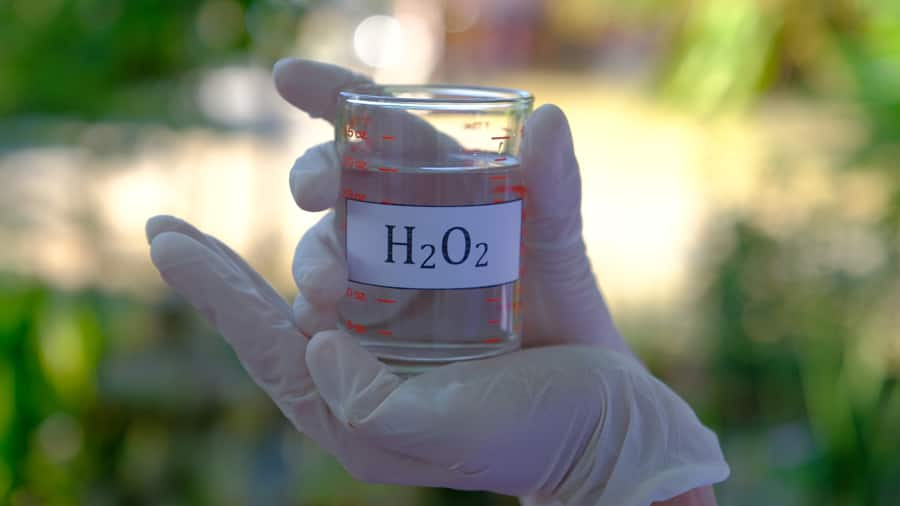Proper Toothbrushing
Your toothbrushing habits may be beyond reproach, but there is always room for improvement. Your first step in fighting gingivitis starts here. Use a soft-bristle toothbrush, small enough to get into the hard-to-reach places. To brush properly, place your toothbrush at a 45-degree angle against the gumline, and use short, gentle back-and-forth strokes on each tooth for at least two minutes of brushing. Brush your teeth in a pattern so that you don't miss any areas. Brush the outer surfaces of your upper teeth and then move to the outer surfaces of your lower teeth. Next, clean the inner surfaces of your upper teeth and then the same in your lower teeth. Brush the chewing surfaces of your teeth last, and eliminate any remaining bacteria by brushing your tongue.
Throw away old and worn toothbrushes, which can harbour bacteria. Frayed bristles won't clean sufficiently, either. Ask your dentist which toothpaste is right for you as well; there are products to meet every dental need. While most toothpastes have their own whitening and cavity prevention formulas, but your dentist can recommend you a toothpaste that cares for teeth prone to the irritation associated with gum disease or tooth sensitivity.
Proper Flossing
The Indian Dental Association explains that proper flossing removes plaque and food particles in places where a toothbrush cannot reach- under the gum-line and between the teeth. Daily flossing is recommended because plaque build-up can lead to tooth decay and gum disease. It stimulates gums, polishes tooth surfaces, reduces gum bleeding and prevents gum disease. This is why flossing is a key factor in preventing gingivitis.
Floss once a day, ideally before bedtime when you've already had a full day of meals. Wrap a long enough piece of floss (about 18 inches) around the middle finger of each hand. Hold the floss tautly between your thumbs and index fingers and slide it between each tooth making a C-shape around each tooth using a push and pull and then an up-and-down motion. Bring the floss over the gum tissue in between the teeth and do the same routine on the other side. You'll need to curve the floss around each tooth to allow it to go beneath the gumline and then once you have flossed both sides of the teeth then move the floss down so a clean area can be used to floss the next two teeth.
Take care not to force the floss, and use clean sections as your progress through your mouth, so you don't move bacteria from tooth to tooth. Be thorough by removing the floss from between your teeth slowly, in a back-and-forth motion. Ask your dentist for recommendations if you have trouble; there are waxed and un-waxed varieties, as well as floss holders if you struggle to wind and grip the floss yourself.
Professional Dental Cleanings
When plaque is not thoroughly cleaned off your teeth by brushing and flossing, it hardens into tartar. Tartar build-up occurs and plaque adheres to the tartar which leads to an increase in bacterial toxins and can cause gingivitis to progress into more serious forms of gum disease, like periodontitis.
Professional cleanings are the best ways to remove tartar from your teeth. And if your gingivitis has not progressed, a professional cleaning will help reverse it. This can involve scaling, which requires scraping away this hardened plaque (tartar); and root planing, used to smooth over the root to promote healing once the plaque and tartar are removed. For many people, a preventive cleaning twice a year is enough, but your dentist can help you decide the schedule that works best for you.
The sooner you get started, the better. Knowing how to fight gingivitis will give you a healthy mouth now, with no worries of gum disease in the future. Keep up the good fight!
This article is intended to promote understanding of and knowledge about general oral health topics. It is not intended to be a substitute for professional advice, diagnosis or treatment. Always seek the advice of your dentist or other qualified healthcare provider with any questions you may have regarding a medical condition or treatment.
ORAL HEALTH QUIZ
What's behind your smile?
Take our Oral Health assessment to get the most from your oral care routine
ORAL HEALTH QUIZ
What's behind your smile?
Take our Oral Health assessment to get the most from your oral care routine













